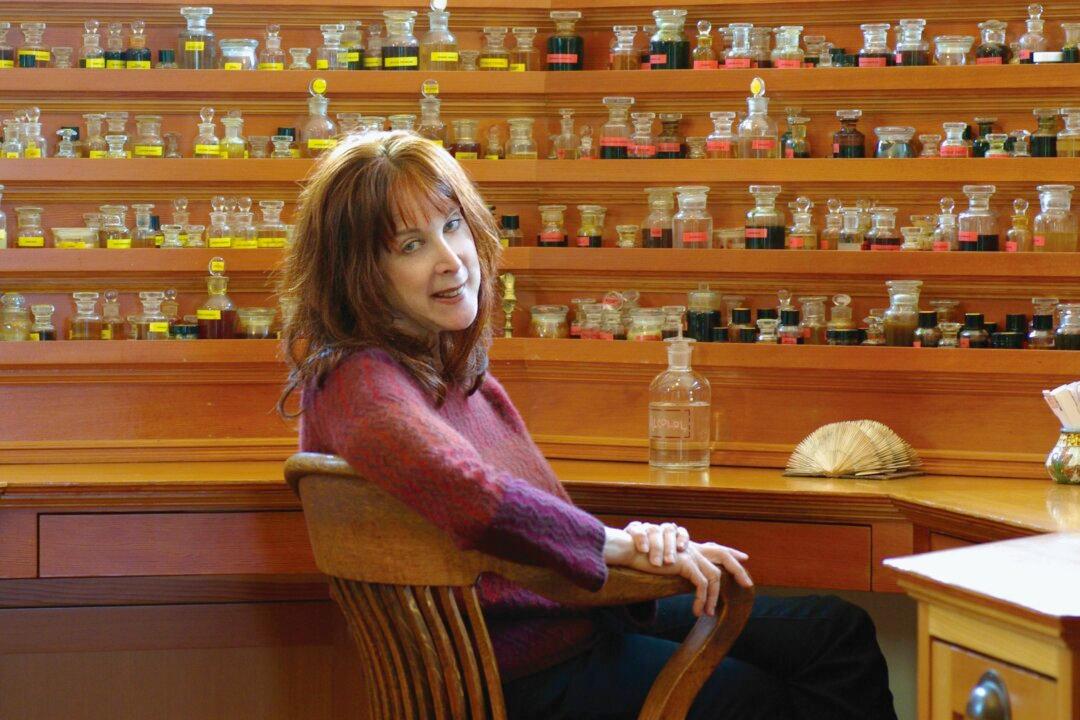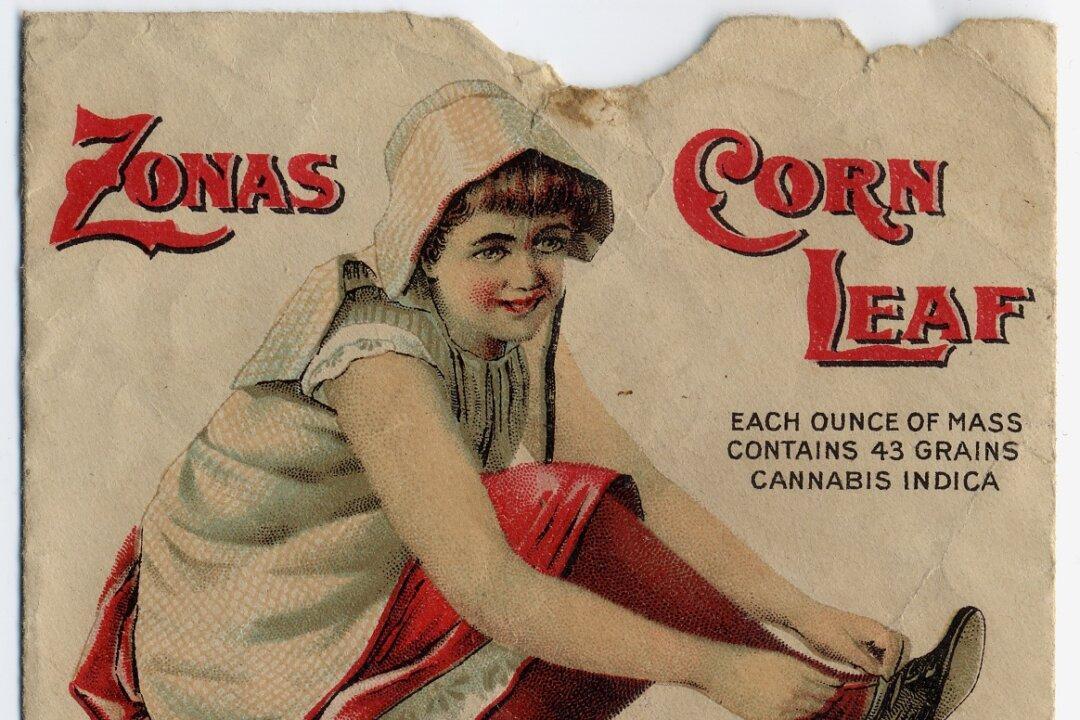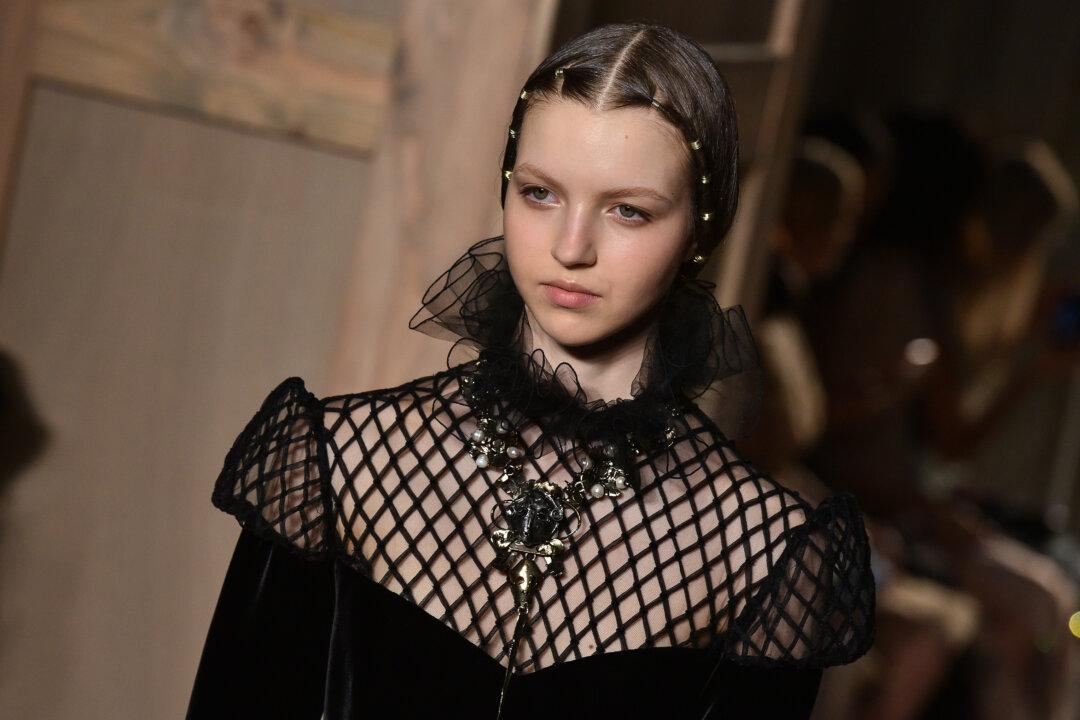Whether we like it or not, and whether the smells that surround us are pleasant or not, scent is something we cannot avoid in our lives, nor should we wish to. It affects us before we even know it on a conscious level.
For artisan perfumers like Mandy Aftel, scent is part of her daily preoccupation. It is also akin to a painter’s palette, a riddle waiting to be solved, an act of creation, and an application of alchemical processes that have mystified and preoccupied humankind throughout the ages.
“Smell comes unbidden, it’s a part of so many things in our lives, the food, our home, gardening. The natural smells are the ones I’m most interested in—these wonderful intense odors that are in the natural world and us ourselves—the way we smell,” Aftel told the Epoch Times last week as she was about to set off on a whirlwind visit to New York City.
Aftel is the author of three books on perfume with a fourth coming out in October this year.
She has been named one of the top seven bespoke perfumers in the world by Forbes.com and has been creating artisan perfumes from natural ingredients that are not just the finest but are often rare, and some can only be called “out there.”
Perfume for an Egyptian Mummy
Among her “out there” projects was recreating a perfume for a two-thousand-year-old child mummy upon the invitation from Rosicrucian Egyptian Museum in San Jose and the Stanford University School of Medicine. Chemically analyzed resins were scraped from the mummy’s burial mask and the information was relayed to Aftel.
So what did it smell like?
“It was very simple: frankincense, myrrh and moringa oil—a very simple resiny smell, lovely but nothing complicated—what the Egyptians used in burials,” said Aftel. Apparently, sometimes when embalming they would fill the entire chest cavity with chunks of resin.
Her new book, “Fragrant: The Secret Life of Scent” explores the profound connection between our sense of smell and our appetites. The idea for the book came a couple of years ago when the Natural History Museum of New York featured an exhibit on the spice route.
Aftel also hosted a scented dinner and gave a talk that evening. But her journey into the spice route didn’t end there. She found the subject to be “phenomenally interesting” and went on to read over 200 books on the subject of the scented oils that come from spices.
Five Scents for Five Sensibilities
The book focuses on what Aftel calls “five rock-star aromas”: cinnamon, mint, frankincense, ambergris, and jasmine, and the deep human appetites that they relate to.
“I felt like I was in Aladdin’s cave and there was so much interesting information that I wanted to share with people. It kind of wrote itself,” she said.
She was also interested in exploring how spices and perfumes have often been associated with luxury and exotic wares from faraway places.
Given the huge amount of ingredients and spices over which wars have been fought, I asked her why she chose those five.
“I chose cinnamon because it is the titan of the spice route, it is such a common spice and yet had such a celebrated history. Mint is the herb of hospitality, it has a very charming history and it’s very connected to being American,” said Aftel, explaining that the United States had a huge mint industry which then spilled over into using mint in chewing-gum and toothpaste, and “it was how the West was discovered.”
Ambergris leads into the chapter that has to do with human curiosity, where Aftel includes other animal ingredients such as skunk. There is a fascinating story in the book about a skunk trapper, but we will have to wait until the book launch in October. Aftel offered to tell it to me but I opted for delayed gratification as our discussion took us into fascinating tangents, most left untapped for lack of time.
But back to whale vomit—which ambergris is, in layperson’s terms. It seems that ambergris has been around since “forever although there are so many interesting stories about what they thought it was,” said Aftel about this dubious, yet much coveted ingredient. “People thought it was a dragon at the bottom of the ocean and a kind of strange mushroom, it took them a long time to work out what it was.”
Frankincense is the smell that has been associated with spirituality and transcendence. Aftel wanted to include because it comes from a tree, which is a nice lead into the myths and fairytales to do with forests and also the history of incense.
The fifth ingredient she explores in the book is jasmine and notions about beauty and aging.
Grandiflorum jasmine and ambergris are also Aftel’s long-time favorite scents. “I find that jasmine has such a heady complicated smell and also I love the indole, that kind of yin and yang, being sweet and kind of putrid—I like that. Ambergris is beautiful, strange, and there’s a kind of iridescent sparkle to ambergris, it kind of shimmers. I like stinky things too.”
The Science of ‘Stinky’
This brings us to one of the most fascinating element in scents of any kind. Indole is an organic compound that occurs in some flower oils, such as jasmine and orange blossom, but also in fecal matter and rotting matter. At very low concentrations, it has a flowery smell which lends perfumes that “heady,” almost intoxicating quality, and a certain warm heaviness that becomes even more intriguing once applied on the skin.
Aftel is democratic in her appreciation of scents but she only works with natural scents because she finds synthetics to be rather two-dimensional.
That Aftel has two degrees—one in English and the other in psychology—means that she is as captivating a writer as she is a perfumer.
“Scent has always provided a direct path to the soul, and no one who becomes immersed in it can fail to be pleasurably changed by the experience,” she writes in “Essence and Alchemy: A Natural History of Perfume.”
“... Even if you venture only so far as to read about natural perfume, you are in for an astonishing journey into the grand and exotic past and the hidden, sensual present. To be immersed in a scent world, even temporarily, is to shift your consciousness and to awaken to the moment fully.”
Aftel’s insights into human psychology lend her a deeper understanding and perhaps acceptance of the various human tastes and preferences which must come in handy when she creates bespoke scents for personal clients.
Portraits in Scent
If you are lucky enough to have her compose a custom-made perfume, what she calls “a unique aromatic portrait,” she works from her “Aftelier” where she delights in her customers’ unique and often unexpected reactions to the particular essences with which she presents them.
Therein lies her real artistry because Aftel combines up 20 scents in creating perfumes and none of them are the mere sums of their ingredients. Each essence must be in such a proportion that it works in harmony with all the others so that none totally outshines and obliterates the rest, but each play their part as top, middle, and base notes in a way that reverberates with the customer’s character.
Although I have not had the pleasure of having a personal scent created by Aftel, I have sampled a few of her creations and found them to be unlike anything I have even encountered before. Among them was Cuir de Gardenia as a solid perfume—fascinating, heady and very much gardenia-like and leather-like as the name suggests, but with a sharp note in there which turned considerably warmer as it faded and later waved goodbye in the dry-down.
I asked Aftel is she has one particular smell that doesn’t appeal to her. She cites tea-tree oil as having one of the sharpest and most aggressive medicinal smells that is neither beautiful nor interesting enough to her.
As for the most challenging, among Aftel’s collection of rare scents, she tells me of one that has taken her three years to harness. The essence of Xanthorrhoea preissii—what is commonly known as the grasstree in Australia, has proven to be most complex and intriguing.
“I think like a jeweler. I think of getting a beautiful stone—How can I set this in a way that it will really shine and give it the honor that it needs to be in a perfume,” she said.
“It took me a long time and a lot of mistakes to before I could be really happy with it,” Aftel said of the grasstree scent which is part of the special perfume due to be launched together with the book in October.
Given that the sense of smell is first processed in the limbic lobe—one of the oldest parts of the human brain and the seat of sexual and emotional impulse, writing and reading can only go so far as to bring one closer to the experience itself.
The pleasure is in the smelling, and for some, in the creating of scents which defy reason. Ultimately smells of any kind work on a subliminal and powerful level, almost in parallel to our consciousness, and can punctuate our emotions, cement our memories, and affect us in ways that are largely inexpressible. The appreciation of various scents calls on a conscious effort to become aware of this wonderful sense that we, as human beings are endowed with, and the gratification is immediate.





